A bio organic fertilizer production is a device used to manufacture organic fertilizers from various raw materials, such as animal waste, crop residues, and food waste. This machine converts the organic waste into a nutrient-rich fertilizer that can be used to improve soil quality and boost crop productivity.
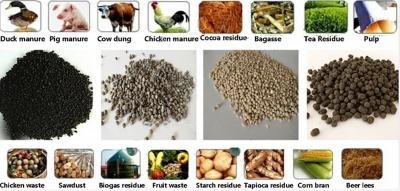
The bio organic fertilizer production uses a combination of microbial activity, composting, and fermentation to transform the organic waste into a high-quality fertilizer.This machine is an eco-friendly solution to organic waste management and promotes sustainable agriculture practices.

1. Farm yard manure (FYM) or cow dung
Cow dung is the most popular raw material used for bio fertilizer production. It is rich in organic carbon and nutrients like nitrogen, phosphorus and potassium which are essential for plant growth.
2. Green leaves
Green leaves of crops like spinach, mulberry, agony, etc. are used as raw materials. They are rich in nitrogen, carotenoids and chlorophyll which are important for healthy plant growth.
3. Press mud
Press mud is obtained as a byproduct after extracting oil from oilseeds. It is rich in phosphorus which is essential for root development and flowering in plants. Press mud helps in reducing soil acidity and improving phosphorus availability to crops.
4. Municipal solid waste
Various organic components of municipal solid waste like food waste, garden waste and vegetable waste can be used for producing bio fertilizers. This helps in proper waste management and value addition of waste materials.
5. Crop residues
Crop residues like paddy husk, wheat husk, sugarcane bagasse, etc. can be used as raw materials for bio fertilizer production. They provide carbon to the bio fertilizers and also help in improving soil aggregation.
6. Legume crops
Green leaves and stems of legume crops like pea, gram, berseem clover, etc. can be used as raw materials. Legumes fix atmospheric nitrogen through nitrogen fixation which gets released to the crops applied with the bio fertilizer.
7. Vermicompost
Vermicompost produced using earthworms can also be used as a raw material for producing nutrient-rich bio fertilizers. Vermicompost helps in improving soil structure, moisture retention capacity and microbial count of the soil.
8. Biochar
Biochar produced by pyrolysis of agro waste materials has extended stability in soil and helps in nutrient retention. It can be incorporated in the bio fertilizers to extend their effects.
9. Molasses
Molasses is a byproduct of sugar production rich in potassium and carbon. It can be used as an amendment to modify the nutrient composition of bio fertilizers as per the requirement of crops.
So there are various waste materials, byproducts, crop residues and industrial wastes available which can be effectively utilized as raw materials for producing bio fertilizers in bio fertilizer making machines. Proper mixing of raw materials allows producing tailor-made bio fertilizers for different crops.
1.Batching Machine
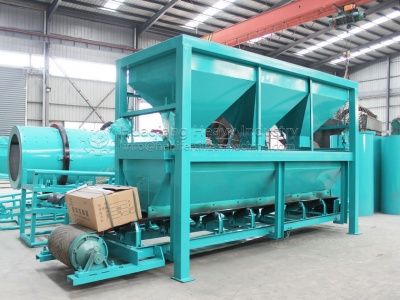
2.New Type Organic Fertilizer Granulator
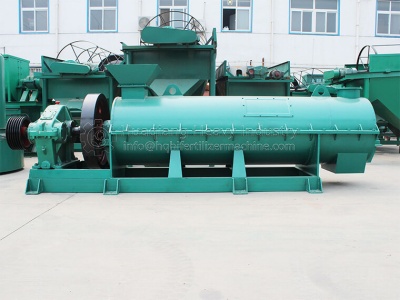
3.Dryer
.jpg)
4.Screening Machine
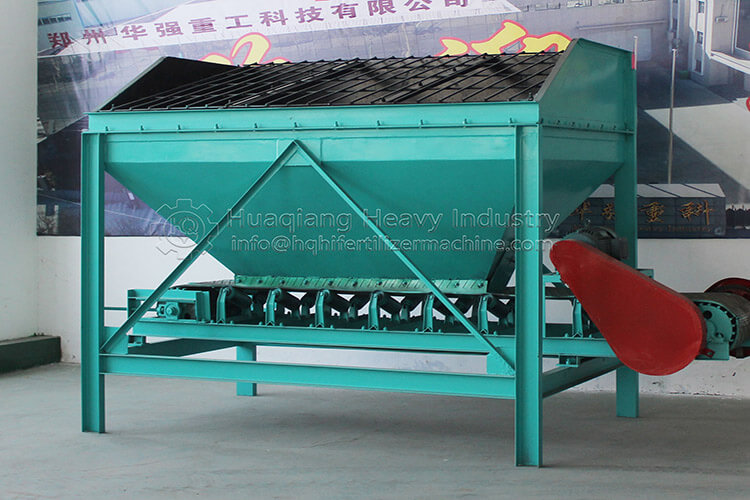
5.Belt Conveyor
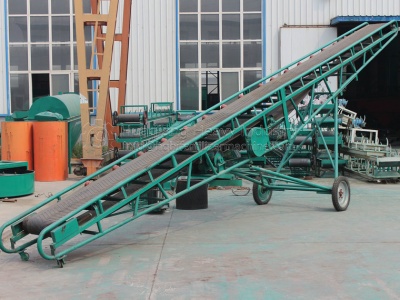
6.Coating Machine
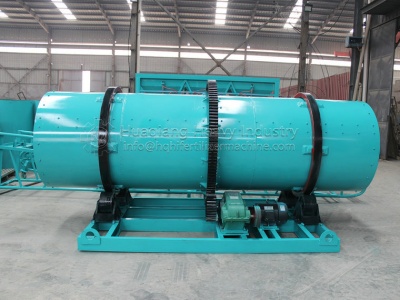
7.Automatic Packing Machine

This is just a basic list and can be modified depending on the desired production capacity and specific requirements.
Bioorganic fertilizer production has multiple benefits and important applications in sustainable agriculture, waste management, environmental protection, organic agriculture, livelihoods and more. They contribute to a sustainable ecological balance for future generations.




.jpg)



